Our pursuit for novelty is unending, despite our proclivity for familiarity. Typically, tech becomes our outlet to fulfil those cravings. So, it's befitting to say we, humans, never settle.
Incidentally — and serendipitously — this ethos has also driven OnePlus for the last decade or so. And today, it brings to the Indian market, a new phone. I emphasize new because the OnePlus 13s is more than a refined model gravelled with a fresh coat of paint — it is a reimagined philosophy, stirring up a new class of phones, to put it simply.
Its 6.3-inch screen makes the OnePlus 13s more convenient to use with one hand than a large flagship phone while preserving roughly the same internals as the bigger OnePlus 13
While small phones have been plenty — and never truly out of the market (cue Galaxy S25, iPhone 16, and Pixel 9), OnePlus solves the problem many of these lesser versions of stalwart Pros, Max's, and Ultras.
Filling in the big shoes
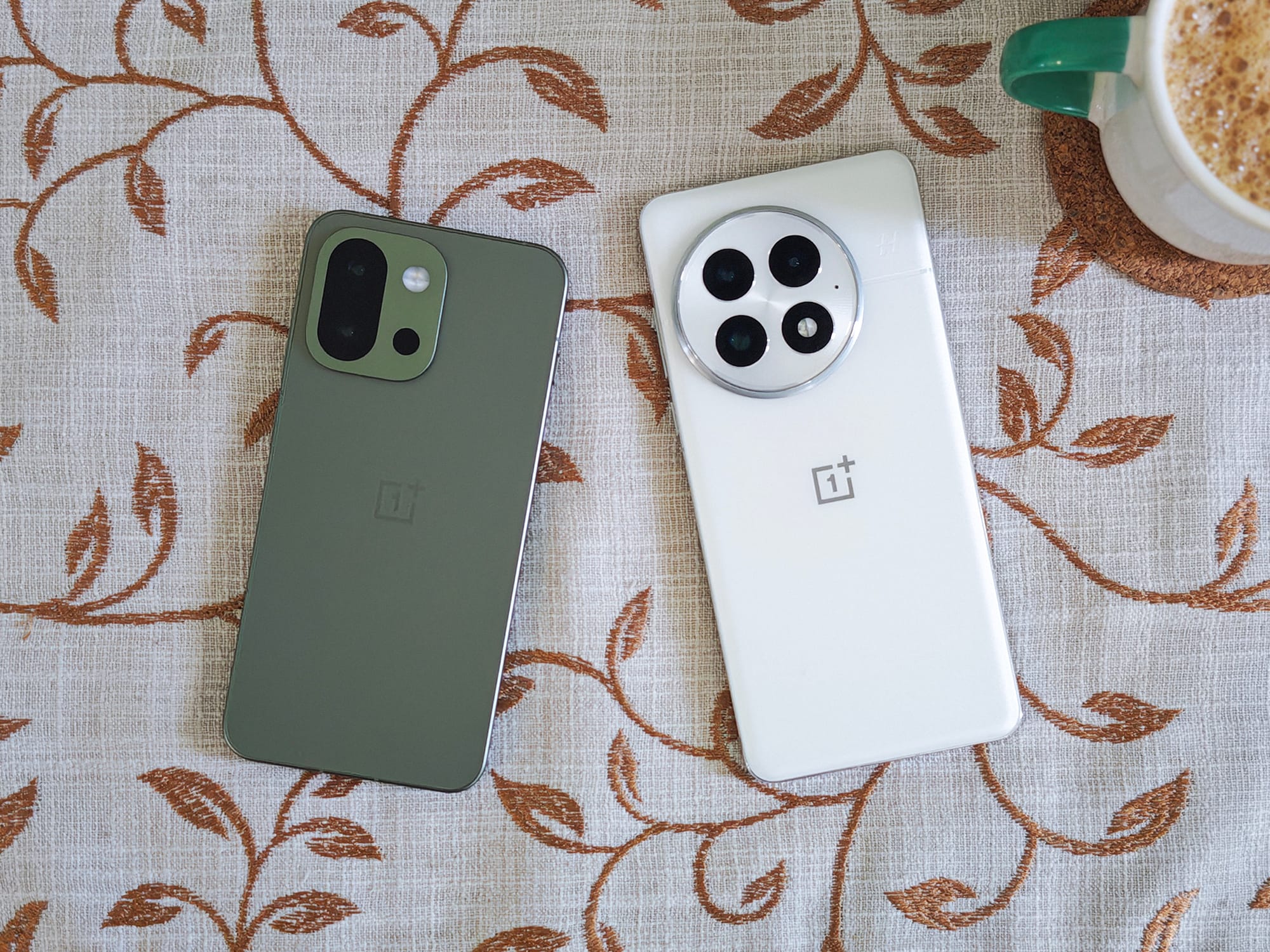
The OnePlus 13s is practically identical to the OnePlus 13, which I have previously called OnePlus' best phone yet. There are some insufficiencies, but mostly ignorable, and none to stand out for paucity.
The latest compact phone solves the problem with small phones. Small batteries have led to the demise of small and compact phones, as well as the mortification of the entire category of phones, like the iPhone 13 Mini.
The OnePlus 13s, contrastingly, doesn't cut back on power, but, most importantly, carries the same gusto inside thanks to innovative battery technology. By using silicon-carbon anodes instead of the traditional graphite ones, OnePlus — like some other phone brands — has achieved higher charge capacity. This allows the OnePlus 13s to carry a large battery inside, that's even bigger than the OnePlus 12, the Galaxy S25 Ultra, or the iPhone 16 Pro Max.
Having driven the 13s for over a week, I can safely assure that the combination of a small screen and a big battery stimulates backup that's well over a day.
Small screen, big benefits

Talking of its screen, the smaller 6.3-inch layout makes the phone easier to grip, and use single-handedly. That's especially useful for people who have been yearning for devices whose power doesn't accompany the burden of troublesome weight and unwieldy construction.
The display is not as bright as the OnePlus 13, and I have reasons to believe that may well be intentional. But it's equally crisp, and I don't mind since there is no trouble reading text in outdoor lighting.
Dolby Vision and HDR10+ also make it sufficiently good for watching content on a breadth of apps, while lesser weight makes it more convenient to submerge yourself in the guilty pleasures of binge-watching.
Unfiltered power
The OnePlus 13s isn't scrimpy when it comes to muscle power either. A Snapdragon 8 Elite drives this beast and OnePlus extends more generosity by lapping it with up to 16GB of RAM onboard.
OnePlus claims to put a sufficiently large vapor chamber to abate heat formation while you can't stop pumping the phone with more taps and nudges to get that perfect headshot. The OnePlus 13s doesn't mind the extra work, but I can't say it doesn't heat at all, though a more concrete conclusion is reserved for a later analysis.
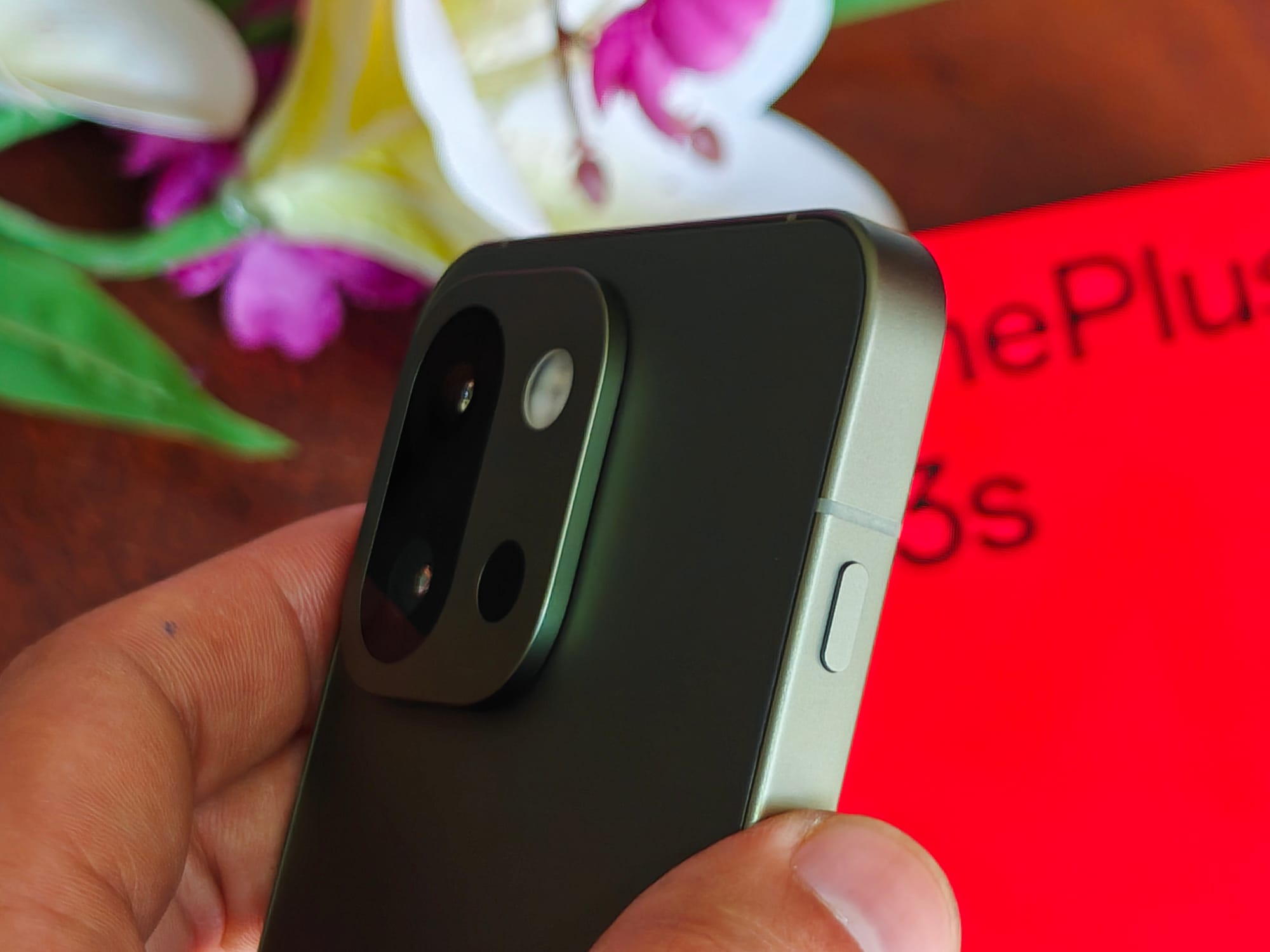
The RAM also sufficiently powers some of the onboard AI functions that OnePlus proudly boasts of. In fact, it leads to a (seemingly irreversible) shift away from the alert slider and toward a multifunctional Plus Key that can be used for crude functions like switching on, or off, the flashlight, or more complex ones like hailing OnePlus' digital mind feature.
AI is a notable puller
Long-press the Plus Key on the OnePlus 13s, and it grabs a screenshot to not only dissect and understand its contents but also saves a backup of the screen in a separate pre-installed app, called Mind Space.
You can add tags (or let the phone handle those automatically) and easily look back on the saved memories from this section.

Frankly, it's similar to Google's Circle to Search, but OnePlus assures that some of the basic requests happen on the device, while those sent up to the cloud are secured in a private compute section, something similar to what Apple claims for its deferred Intelligence services.
That becomes a bigger selling point than the feature itself. OnePlus doesn't put storage or processing limits on its AI features, but it's impossible to assume it never will. That's, thankfully, a problem for a future me.
And then, a bunch of other contextually relevant AI features can be accessed from the sidebar (a slide-out section indicated by a translucent bar on the top right of the screen).
This includes:
- AI transcription features for videos, calls, and voice notes,
- an AI writer that will help you write emails, comments, notes, etc.,
- and part of it, an AI smart replies feature that will suggest crafty responses for messages, and
- an AI call assistant that summarizes your calls, with support for multiple languages — so long as you use the OnePlus dialer as the default calling app.

These features are WIP and can use some more attention. But if you want to break away from Google's dominance — or don't want it to use your private information to serve you ads, this can be a good enterprise.
Cameras
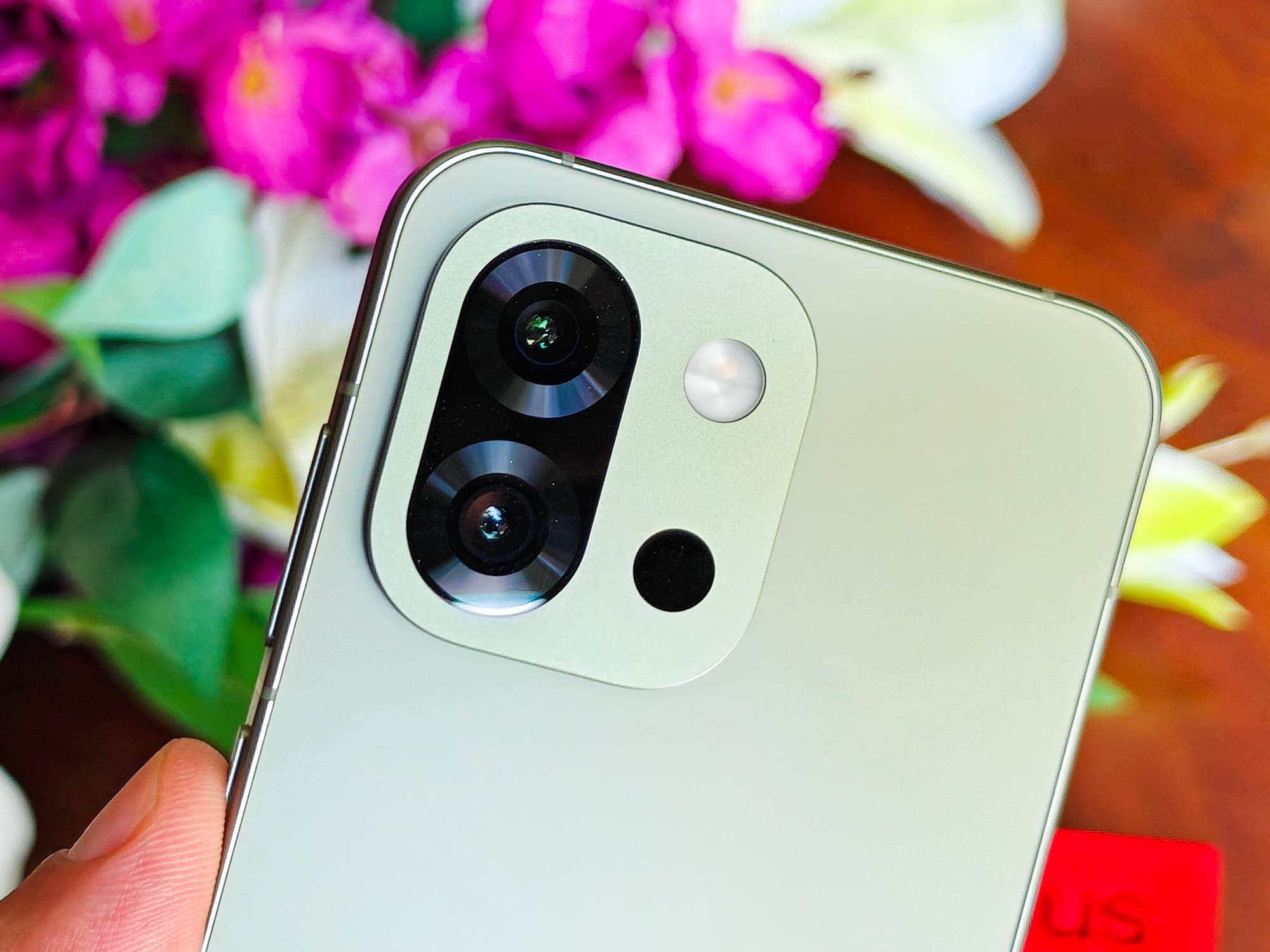
Limitations with size do impact the OnePlus 13s, as I mentioned above, and the camera is one way it suffers. The 3x telephoto is replaced with a 2x unit — the same as the 13R, and its functions feel a bit amiss.
There is no Hasselblad coloring here, nor do you get a dedicated wide-angle lens. So it can feel a bit scant. I'm not too pleased with the focal length either, and images mostly appear flat unless taken with apt consideration of the scene and at flattering angles.
Portraits also feel exaggerated, and OnePlus could use some tutoring in this regard from its sibling, Vivo, which delivers some of the best cameras even on mid-rangers.
Here are a few samples.



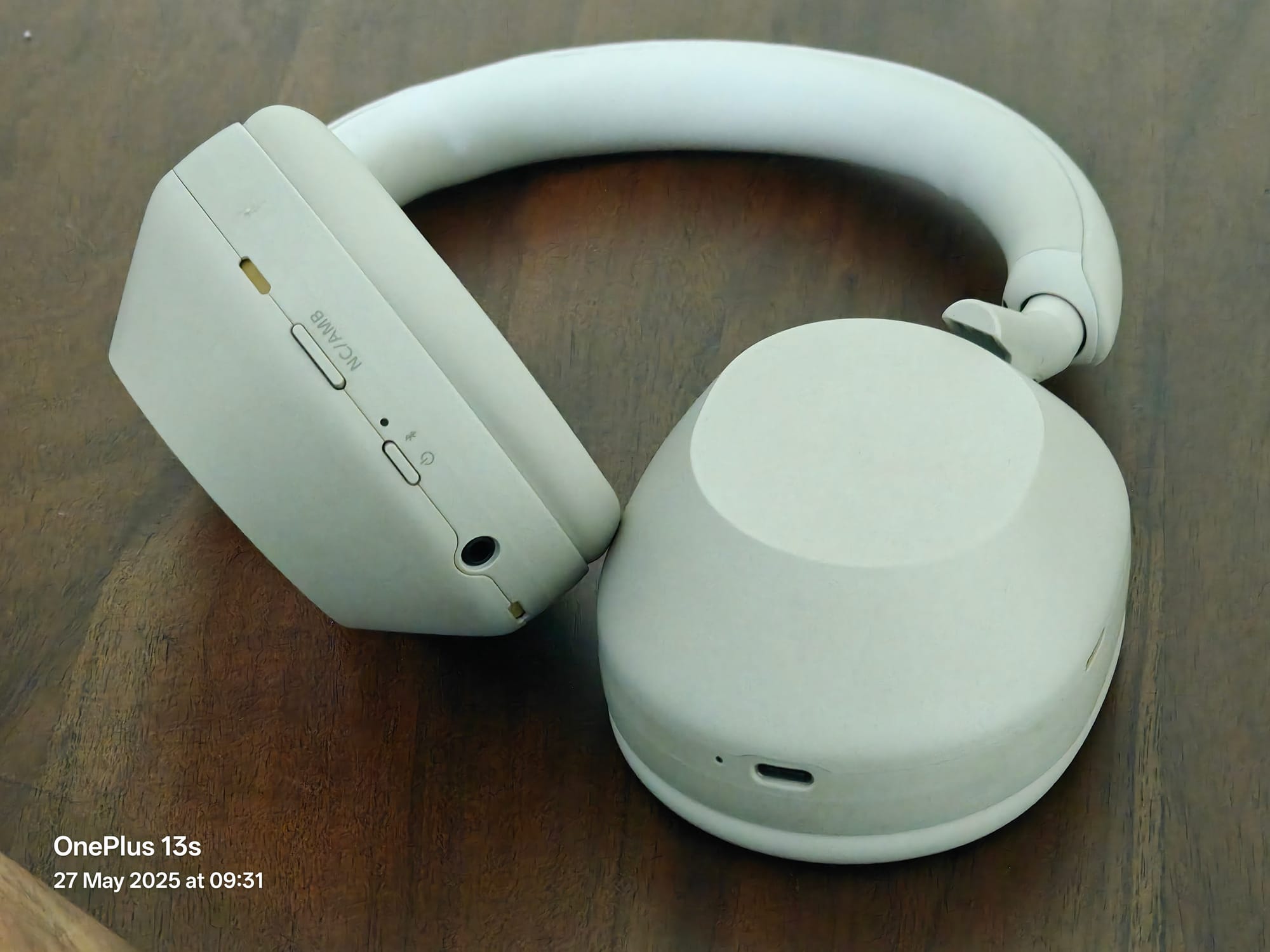

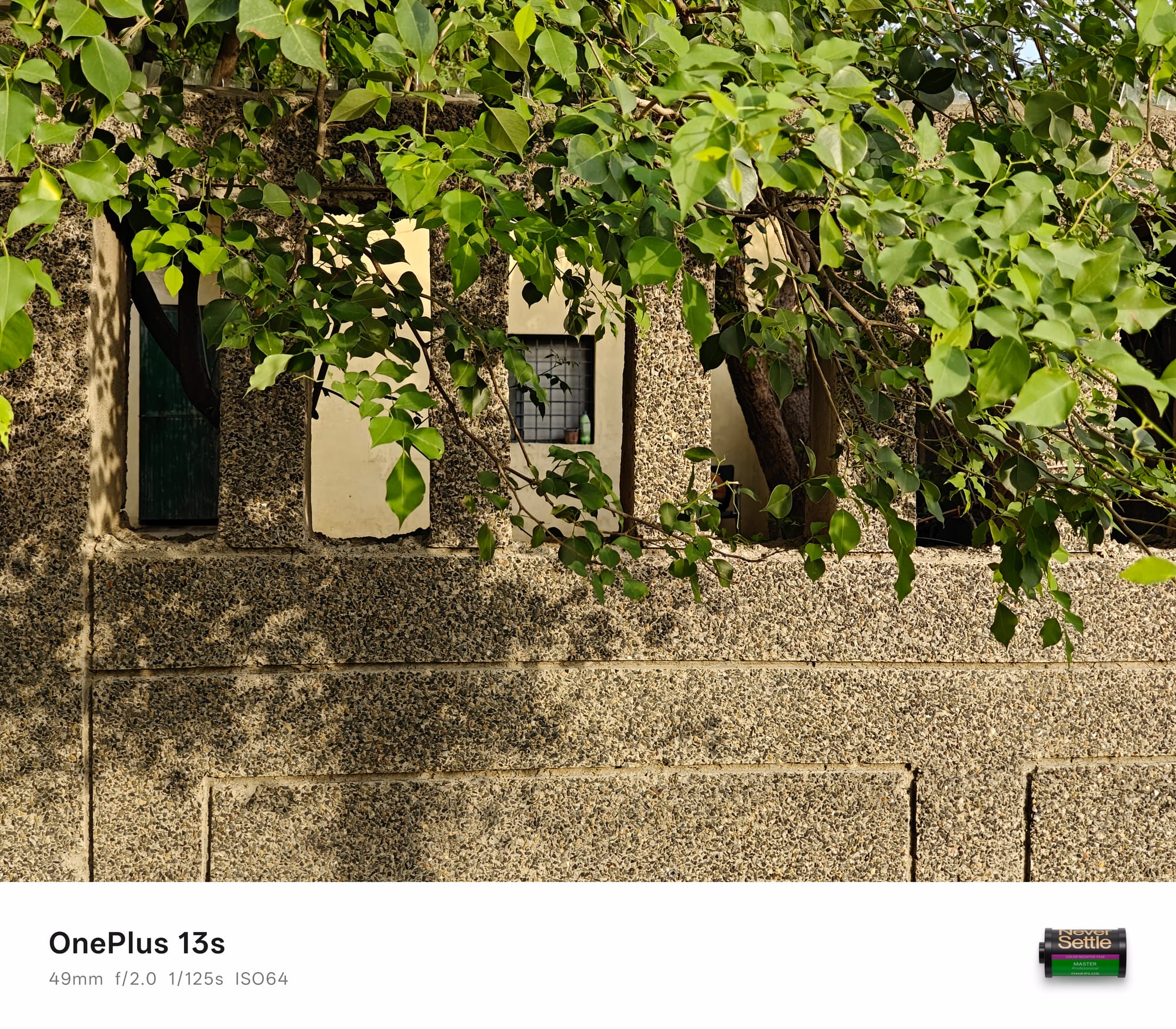

I got a last minute update to the phone, so I might be misjudging the camera's output, but I feel this is perhaps the only thing holding it back from a proper flagship's status.
Worth a buy? Heck yeah!
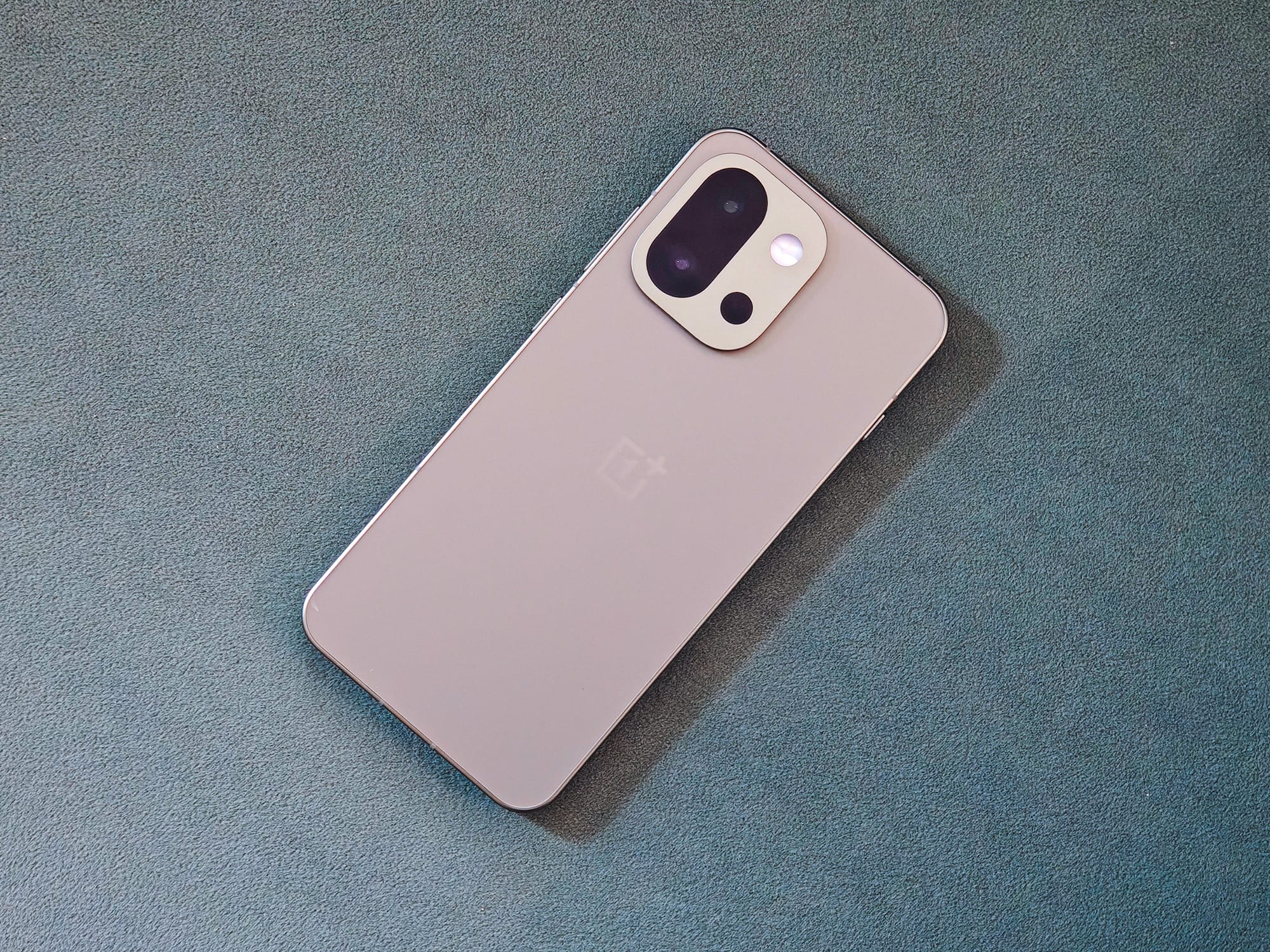
This phone is already a hot topic among tech enthusiasts and existing or former OnePlus users. A few of my friends asked me about it when I posted an unboxing video earlier this month, and I'm not surprised.
The OnePlus 13s packs flagship power into a compact form, and brings a dedicated 'Plus Key' for AI.
— ATHENIL (@athenil_media) June 2, 2025
This feels like more than just a new phone; potentially a new chapter for OnePlus and Android.
Launches in India on June 5th
Curious to use it! #OnePlus13s #AI @OnePlus_IN… pic.twitter.com/jVux8j0621
It is bundled with a sense of newness while fulfilling the criteria that make anything familiar. Perhaps, most of never wanted larger phones, and the OnePlus 13s affirms that belief.
Since it quashes concerns about heating, performance, or battery, it may actually be a pretty solid buy for folks who have been peeved with big phones bulging out of their palms.
The only challenge is availability as the OnePlus 13s currently only comes to India with a launch is Europe and the US likely uncertain.
In India, it starts at ₹54,999, which might seem a bit steep for anyone not familiar with the costs of 3-nanometer chip fabrication. But it's also one of the cheapest phones with that latest chipset and a compact form factor. All in all, it is plenty satisfying for my initial impressions.
A longer review will follow with more detailed insights and more elbow grease put in for the testing a phone of this caliber deserves.

